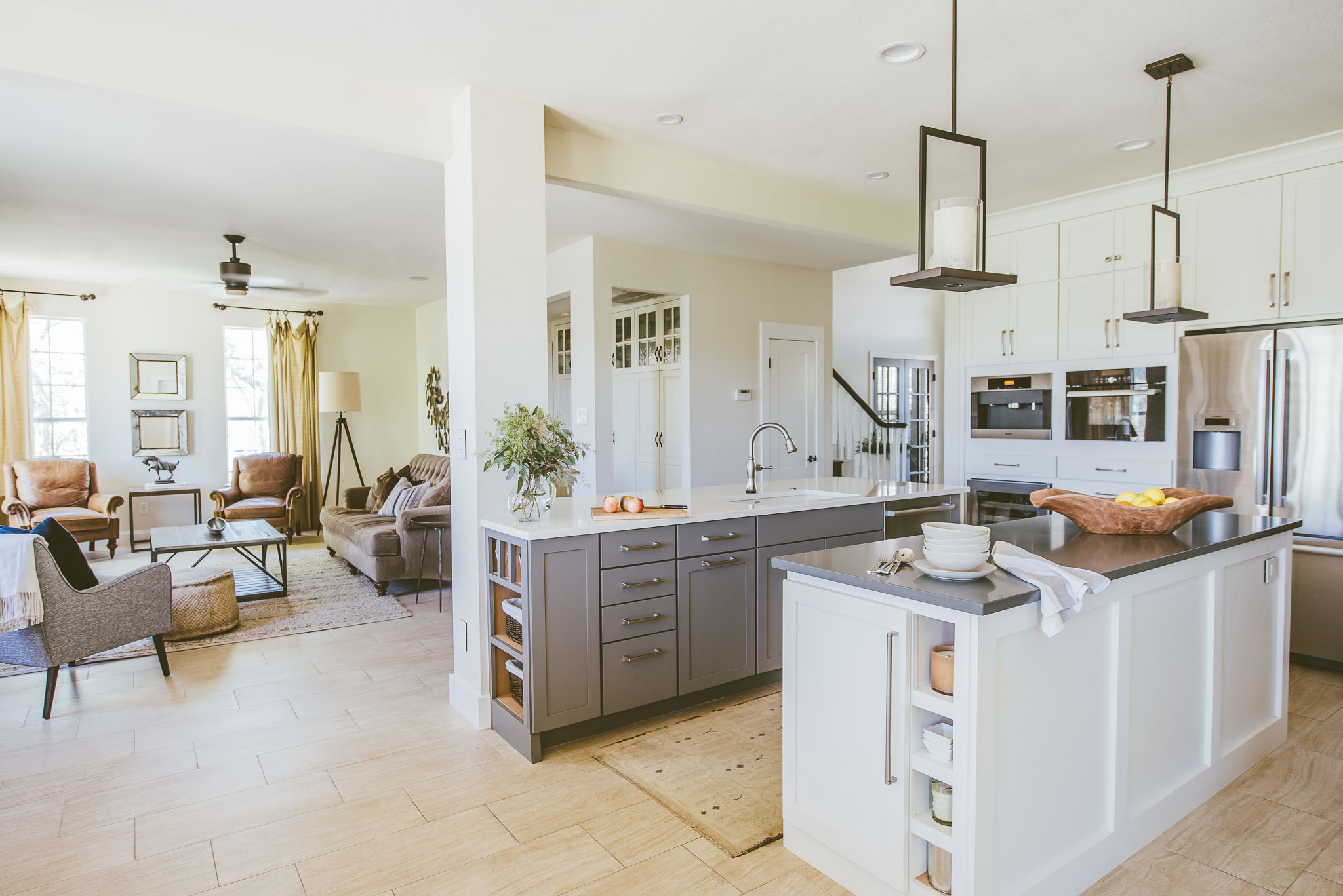Last week I visited the Mies van der Rohe Pavilion in Barcelona. Mies is the architectural icon who coined the phrases “Less is more” and “Form follows function”. These are two of my favorite design philosophies.
DESIGN FUNDAMENTALS
My belief is that good design requires minimal ornamentation or ‘decoration’. It might seem counter-intuitive for a designer to be saying this, but for me the feeling of an interior is largely defined by elements such as flow, light, texture, and function. Don’t get me wrong – the right furniture and fixtures are important and can enhance or detract from the experience in a space, but there’s a fine line between interiors that are too sparce versus over-complicated. It’s a delicate balance.
STUFF
In our Western world today we accumulate so much stuff. Managing it is a constant challenge. I have read a few books on Feng Shui, and a concept that resonates with me is that 'clutter in the home is like clutter in the soul'. Wow – that’s powerful! Studies have revealed strong links between clutter and depression. It reminds me of a little story…
SALE-ING
I have a loved one (who shall remain nameless, but she remembers the occasion well) and one day I walked into her bedroom and immediately burst into tears. I don’t know what came over me (it was a little embarrassing) but I saw the assortment of tables, curio-cabinets, chairs, etc. piled up with receipts, bills, flyers, magazines – suddenly I couldn’t breathe! You see, she was a “collector” of sorts (she liked to say that her hobby was “sale-ing… GARAGE sale-ing”), but despite keeping a sense of humor, she was depressed. I could immediately feel the link between the collecting behavior and her emotional wellness. That stuff had to go. I offered to help get rid of it, and she was thankful, because sorting through it can be over-whelming.
JUST DO IT
So here’s this month’s challenge – get rid of stuff! Okay now I've inspired myself, so I'm going into my study to tackle those piles right NOW!
Good luck, have fun, and be sure to share with me how happy you are afterward.



